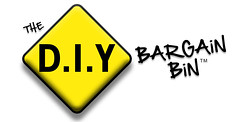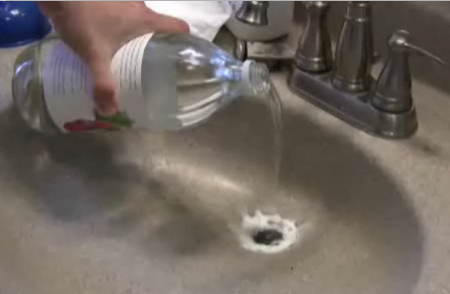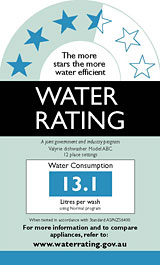Condensation is common in homes and can cause serious issues like water stains on carpet, streaking on walls, mould / mildew can grow, your health may be affected because breathing in wet air is not good, mediums such as plasterboard and wood, including MDF may swell and disfigure and other damages, such as the tiles or grout falling off in the shower, which then provides a great place for mildew to grow undetected.
So what is condensation?
Quite simply, if the air inside the home has a high level of water vapour it is said to have a high humidity and the warmer the air the higher the humidity. When air with a high humidity comes in contact with a colder surface, condensation will occur.
In Darwin the humidity is often very high, and a common problem occurs when you order your beer, within seconds condensation has formed on the outside of the glass and in a few minutes is streaming down the sides, which means every time you pick it up you end up with a wet hand. This is clearly because the hot air has a high humidity which when touching the cold beer glass causes the condensation.
Of course you do not need to go to Darwin, condensation is very common in all homes that have a dryer or a shower, simply use either without ventilation and you will find streams of water and condensation on your windows, tiles, paint work etc.
How to control the level of condensation?
Controlling the levels of condensation within a home can be managed, but because many things can cause condensation there are many different ways to address it. We explore each below:
1. Baths and Showers – Probably the most common cause of condensation in many homes is the bath or shower, and thankfully most homes have some level of protection against a build up of too much moisture in the form of an extraction fan. Extraction fans can be attached to the wall or roof and deal with the moisture laden air by drawing it out of the room. In addition to having an extraction fan, or if you do not have one, open a window to let the humid air escape and shut the door to outside rooms to contain the condensation to the one room.
2. Clothes dryer – Before running your clothes dryer always consider how you are going to let the humidity escape. The best solution is an extraction fan, however many laundries do not have these attached. Open the laundry door/window, or preferably both to let hot air escape. Wipe down walls and windows that do become covered with condensation.
3. Cooking – Extractor fans while cooking are fantastic allowing steam to be removed, however you can also assist by not over boiling the contents and by using a lid to minimise the amount of steam.
4. Breathing – Well you can’t stop breathing, but you can minimise the condensation through breathing by maintaining a warm house. This is particularly important in winter. Our bodies are about 37 degrees, where as the air can get very cold 0-10 degrees depending on where you live. In this instance the chances of condensation are much higher. To reduce it, if you keep your house warmer by using heating and insulation.
Whether you decide you need fans, vents, heating or insulation check out the DIY Bargain Bin first.








